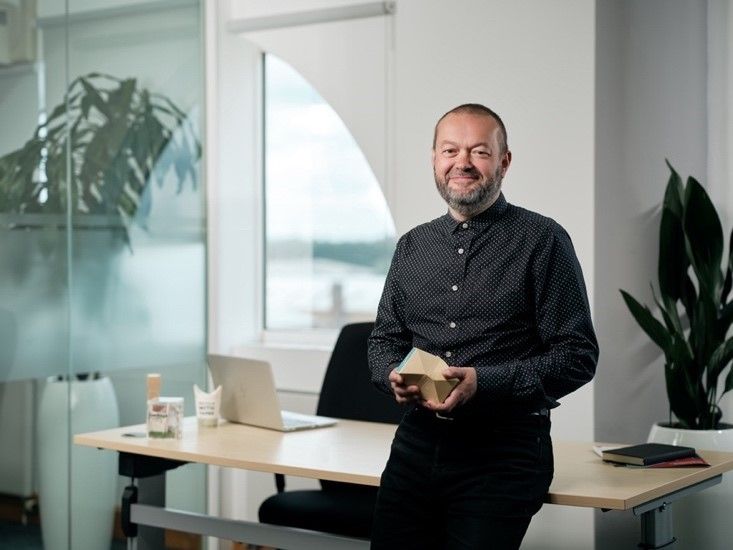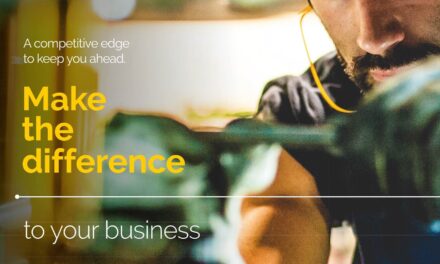New research from the UK’s leading sustainable waste management company Biffa reveals that up to 1370 tonnes of perfectly good paper fibre that could be recycled, is being wasted in the UK each year.
It is estimated that between 2.5 to 5 billion disposable takeaway cups are used annually in the UK. With only 1 in 400 being recycled, that potentially means up to a staggering 4.98 billion takeaway cups are not being recycled and the raw materials wasted each year.
This is a recycling rate of just 0.25% for takeaway cups, compared to 70.6% for general paper and cardboard, which demonstrates the scale of the single-use takeaway cups challenge. They represent a ‘perfect storm’ of barriers to recycling.
First, takeaway cups are difficult to recycle. They are traditionally made of paper with a plastic coating which needs to be separated before the paper can be recycled. It cannot be collected and processed with standard paper.
Second, because they are made from paper, people think cups are widely recycled along with mixed recycling, which means the coffee cup is one of the most commonly wishcycled items. However, a specialist system is needed to collect and process takeaway cups.
Third, they are expensive to recycle. This is because they are bulky structures surrounding empty space, meaning a small number of takeaway cups take up a lot of room and less material is transported per collection compared say, to piles of old newspapers. Compared with these widely recycled paper products, there’s a higher cost and more carbon emissions created collecting and transporting takeaway cups, unless there is a specialist collection system in place.
Finally, they are prone to contamination. Beverages are served with lids, stirrers and sleeves which often do not get separated when disposed of. Also, people tend to use takeaway cups as a place to pack in all their other rubbish, creating ‘mini bins’. Contamination means that cups cannot be recycled and will be incinerated to generate energy, or even disposed of in landfill.
Biffa expert Waste Strategy & Packaging Manager Roger Wright, explores common myths associated with disposable cups and recycling.
Myth 1: All takeaway cups are the same
Unfortunately, not. There are significant differences when it comes to engineering and developing the cups. Cups holding hot liquid must be made from strong virgin fibre to ensure their structural integrity. Additionally, because there is an exposed seam inside the cup touching the liquid, the cups material must be of the highest quality to guarantee the drink remains free of any contaminants.
Various types of single-use cups – like those designed for beer, soft drinks, and takeaway soups or porridge – come with assorted designs, coatings, specifications, and labels. This lack of consistency makes it harder to know how individual cups should be processed, so many people hope for the best and wishcycle in with other mixed recycling.
With designers constantly innovating, the market is flooded with cups made from different materials – not to mention the assortment of lid types that accompany them, which has further complicated the recyclability of disposable cups.
Myth 2: Takeaway cups are valuable to recyclers
Without a specialist system in place, cups are problematic for recyclers. The cups weight to volume ratio makes it an inefficient item to manage. Consequently, the total recoverable value is limited. Typically, hot cups weigh 275gsm on average, with many being ‘double walled’ or ‘sleeved’ for safety purposes, adding an outer layer of approximately 225gsm. Contrastingly, cold cups average a weight of 300gsm.
Ultimately, the cups’ highest value is only achieved through crushing or stacking them. Without these measures, collecting and processing the cups becomes impractical due to the insufficient value in the total volume. Despite the use of costly virgin solid bleached sulphate (SBS-based fibre), their design introduces challenges for efficient recycling.
Myth 3: Takeaway cups are simple to recycle
We wish that were the case. With almost as many different types of coating used to seal them as there are big brand takeaway chains, it’s virtually impossible to tell them apart in most recycling systems if they don’t arrive at the recyclers properly segregated. Without additional manual pickers or the presence of a dedicated digital technology, it is complicated to distinguish one type of cup from another and separate at scale. This means it is harder to guarantee the quality of the recycled material.
The use of consistent materials throughout the cups are the key to recycling more. That said, as the volume of recycled cups increases and the quality improves, more paper mills may become willing to accept different grades of recycled material. The key is for everyone to start recycling more.
Myth 4: Contaminated cups can still be recycled
This is the biggest myth of all. When it comes to cup recycling, cups with lids and sleeves attached are contaminated and cannot be recycled. A widespread phenomenon of people using their empty cups as ‘mini-bins’ is a causing a lot of paper resource to be wasted. Consumers often treat these cups as small rubbish bins, disposing items such as tea bags, banana peels, apple cores, crisp packets and used tissues into them. Although the intentions are to compact waste and avoid littering, this habit is contaminating recycling and causing valuable resources to be lost.
What can be done?
In the longer-term many companies are exploring ways to introduce more reuse within takeaway drinks services, and to increase the consistency of materials used to make takeaway cups. In the immediate term businesses, consumers and waste management companies need to work together to recycle as much as possible.
There’s a huge opportunity to protect hundreds of tonnes of high-quality paper and unlock a valuable commodity. Biffa has launched a national takeback scheme providing a specialist system where collections and processing are cost and carbon efficient. Providing value to everyone involved.
100% of a polyethylene lined cup can now be recycled through Biffa’s coffee cup takeback system. High quality paper fibre goes on to make new packaging and the polyethylene lining is separated and processed into pellets, this goes on to be transformed into all sorts of useful products such as agricultural shrink wrap and even garden furniture.
Achieving over a 70% recycling rate like other paper might be ambitious due to the unique challenges and specialist nature of the collections, however vast improvement is possible and we’re already seeing progress with sustainability-focused businesses signing up to Biffa’s takeaway cup takeback service.




